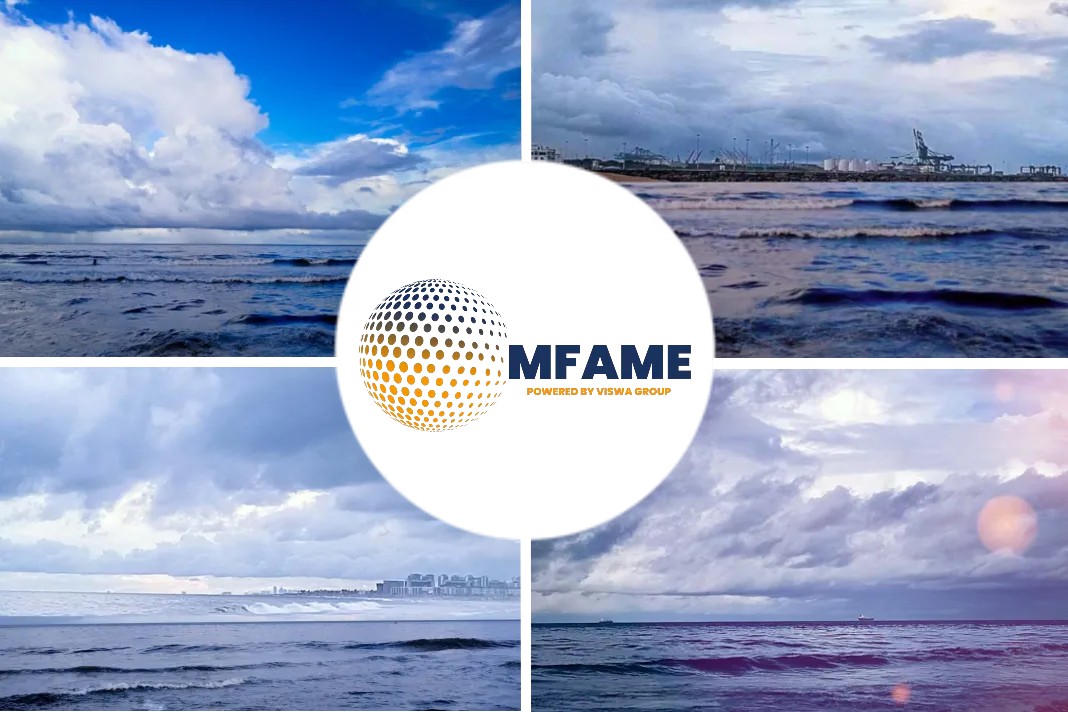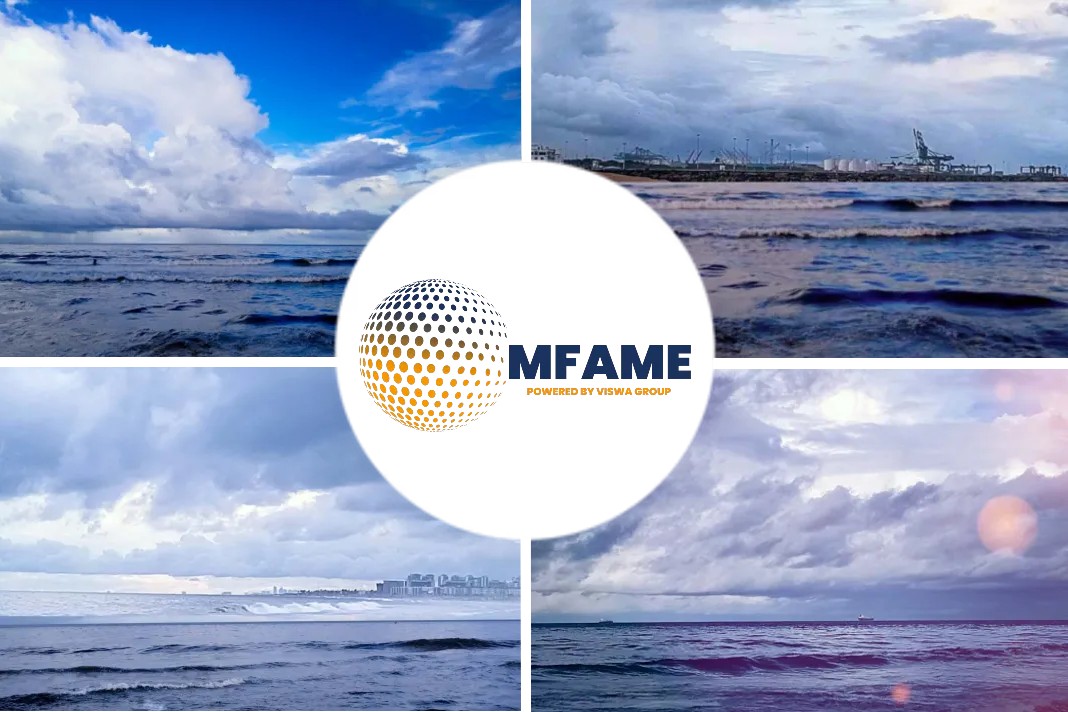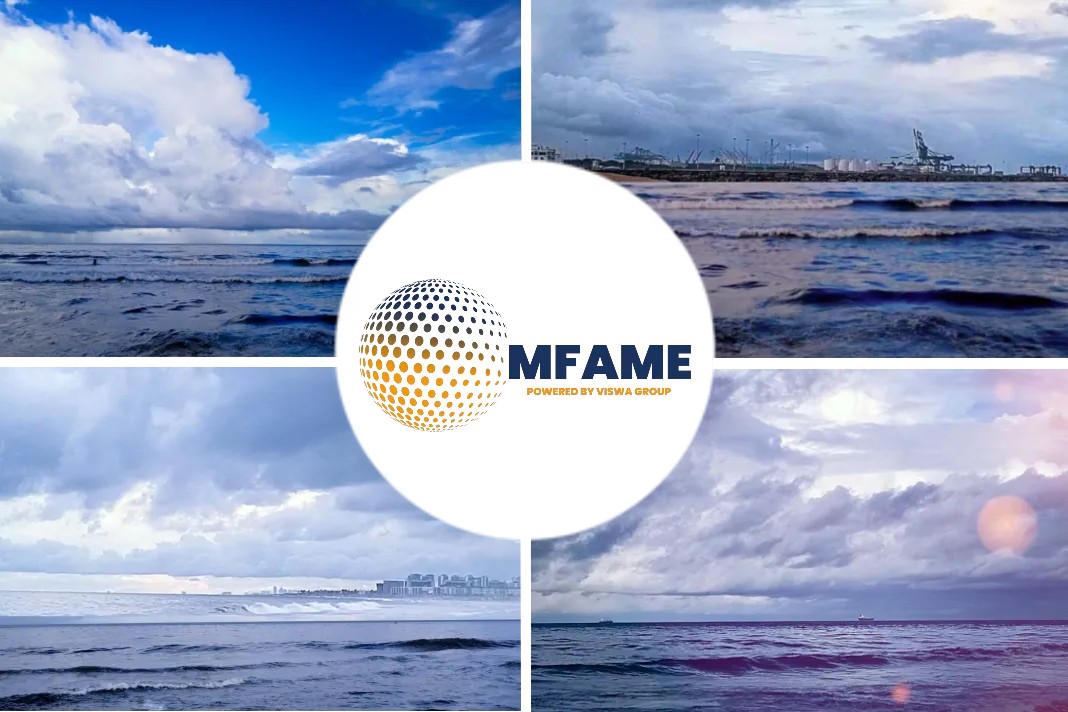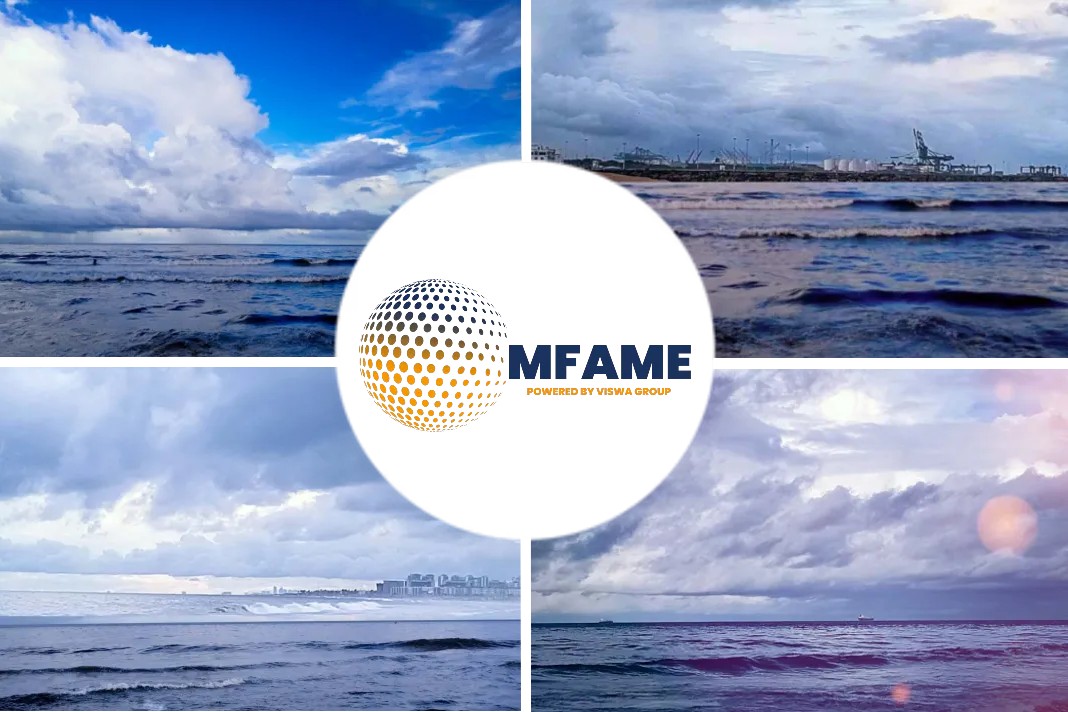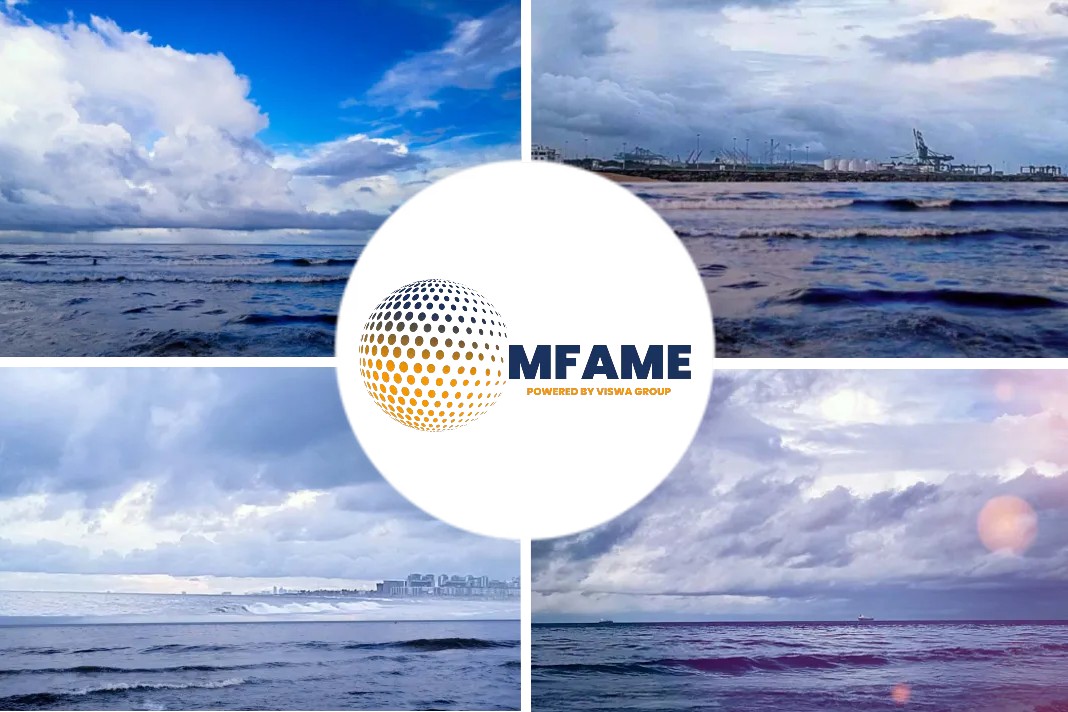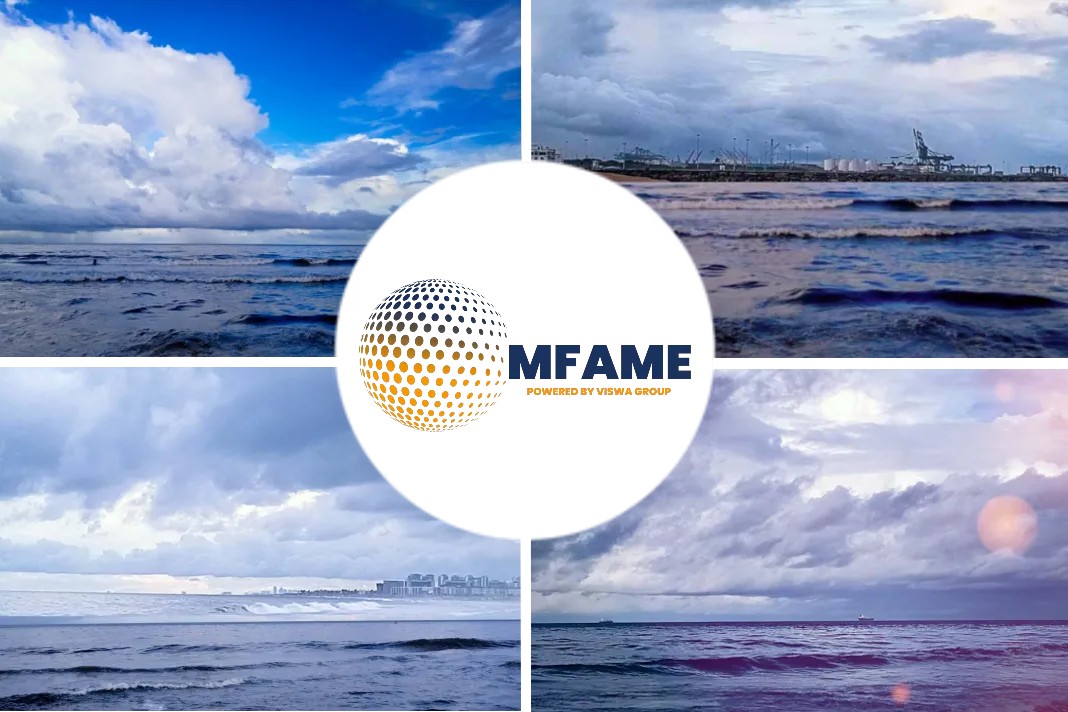S&P Global Commodity Insights editors continue to watch the impact of the Russia-Ukraine conflict on markets. Germany is doubling down on its renewable energy policy, while sustainable aviation fuel producers await demand signals from customers.
EU carbon prices plunge as Russia-Ukraine conflict triggers sell-off by financials
What’s happening? Carbon allowance prices under the EU Emissions Trading System have lost a third of their value within the space of five days, as the Russia-Ukraine conflict spooked the market.
In particular, the financial side of the market, which doesn’t have compliance obligations, appears to have liquidated positions, sending the price crashing as low as Eur60/mt from more than Eur95/mt in early February.
What’s next? The uncertainty over the duration and ultimate impact of the Russia-Ukraine conflict has cast a shadow over carbon prices, with the market factoring in an increased risk of disruption to emissions-intensive industries across Europe and potentially slower economic growth.
Expect more price volatility as the uncertainty continues. Participants will be watching closely to see where demand kicks back in at these lower prices, while companies have until April 30 to surrender allowances to match their calendar 2021 verified CO2 emissions.
2. Global coal prices rally as Russia-Ukraine conflict intensifies supply shortage
What’s happening? Thermal coal prices have been on an uptrend globally after the Russia-Ukraine conflict led to tight supplies in key European countries, prompting buyers to look for alternatives across origins including the US, Asia, Australia, South Africa and even Colombia.
Supply was already tight in Asia and Australia due to backlogs from earlier this year when Indonesia banned exports and heavy rainfall in Australia impacted the supply chain.
What’s next? Markets expect Asian coal prices to remain elevated with firm demand not just from Europe but also from China and South Korea, amid supply tightness with buyers trying to secure alternatives to Russian coal. Traders are also expecting Australian supply to remain tight.
3. Germany to review renewable energy policy
What’s happening? Germany is to double down on its renewable energy policy while reviewing the coal and nuclear phase-out plans in response to the heightened threat to Russian gas supplies, according to draft legislation seen by S&P Global Commodity Insights.
Near-term, however, focus was on security of supply for next winter with Berlin reviewing closure dates for nuclear, coal and lignite plants. Extended operation for the country’s three remaining reactors beyond end-2022 was up for debate if difficult to achieve.
What’s next? In addition to gas storage regulation, Germany plans a coal reserve with over 50% of 2021 hard-coal imports coming from Russia. European coal prices hit record-highs as buyers scrambled to book coal from Colombia and the US or elsewhere to replace Russian imports.
The regulation will be part of a fast-track energy overhaul setting a more ambitious goal of an 80% share of renewables in the power mix by 2030. Targets include 200 GW solar, 110 GW onshore and 30 GW offshore wind capacity by 2030 with annual tender volumes to be ramped up sharply over coming years.
4. US LNG supply push to Europe accelerates amid Russia-Ukraine conflict
What’s happening? Turkey was the top destination for US LNG in February, receiving 15 US cargoes – more than major Asian importers South Korea, Japan and China combined.
The US LNG supply push to Europe has been due to persistent high end-user prices and low shipping costs, dynamics that have translated into favorable netbacks for delivered cargoes. Russia’s invasion of Ukraine has raised fears of gas supply disruptions in Europe, which in turn has added bullish sentiment for LNG.
What’s next? The extreme volatility in the global LNG market showed no signs of abating as February turned to March. Traders do not see any ceiling for European prices, especially if Western sanctions to punish Russia extend further into the energy sphere. US liquefaction terminals continue to run at or near full utilization, as FOB cargo values soar.
Venture Global’s startup at Calcasieu Pass offers the potential for some additional incremental LNG supplies that could be offered to Europe, at least until the operator begins servicing commercial customers under long-term contracts.
5. SAF supply to grow to 5.8% of global jet fuel market by 2050
What’s happening? Sustainable aviation fuel is seen as a key lever to decarbonize the aviation industry. However, SAF is currently two to eight times more expensive than conventional jet fuel, according to industry sources.
Stakeholders from various industries, including aerospace and fuel value chains are collaborating towards improved SAF uptake to ensure a steady ramp up of supply over the next decade.
What’s next? SAF could contribute around 65% of the reduction in emissions needed by aviation worldwide to reach net-zero in 2050, with the other contributions coming from new technologies, carbon offset and capture, as well as infrastructure and operations, according to a factsheet on the International Air Transport Association website.
S&P Global forecasts that available SAF supply will increase from 0.14% of the global jet fuel market in 2021 to 5.8% by 2050. Shell said demand signals from customers will prompt producers to churn out more SAF, which is in turn expected to improve economies of scale and help to bring the cost of SAF closer to that of conventional jet fuel.
Did you subscribe to our daily newsletter?
It’s Free! Click here to Subscribe!
Source: Platts






